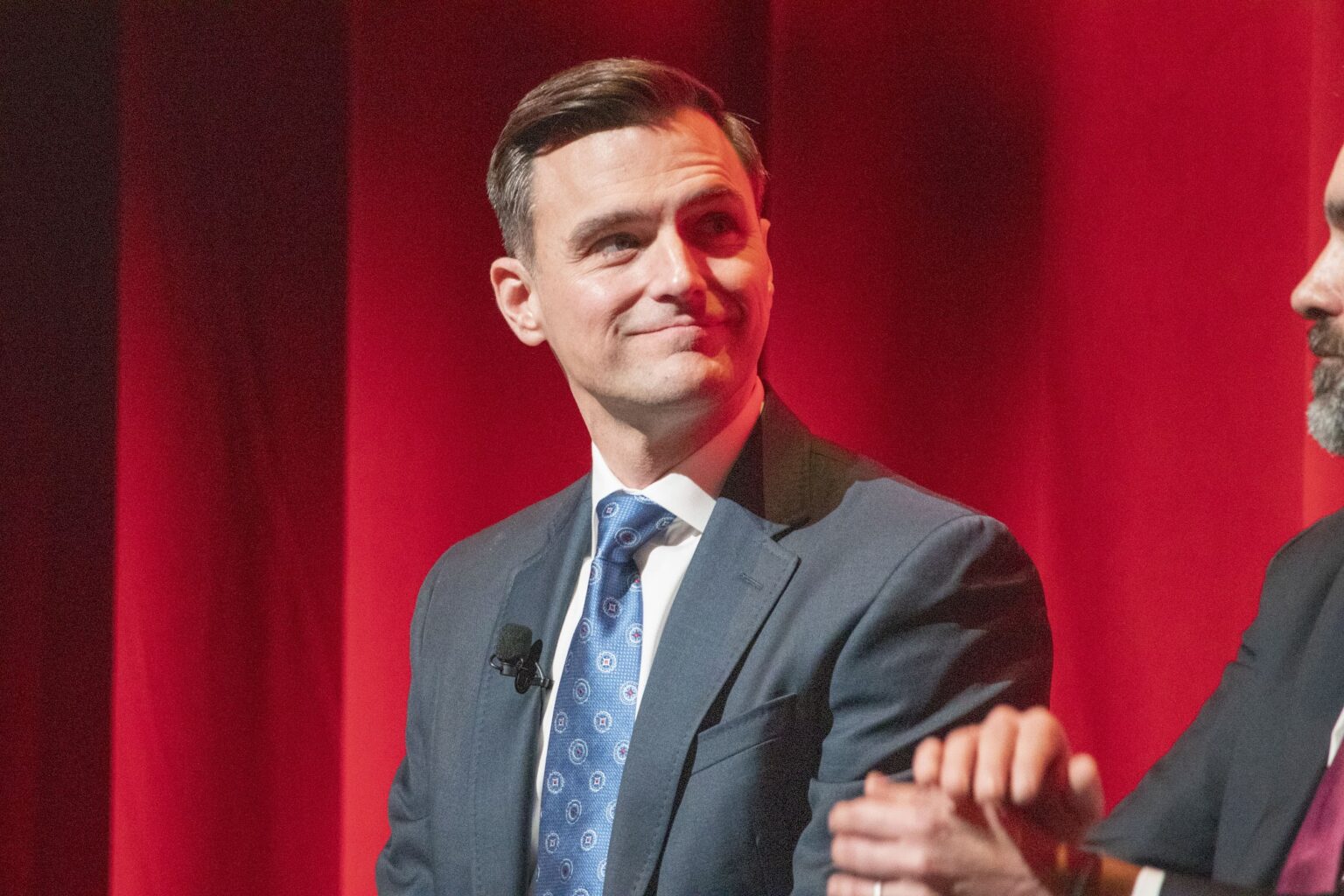Portland leads cities in millennial turnout in local elections
Published 8:00 am Thursday, January 19, 2017
A study conducted by the political science folks at Portland State University found that Oregon’s cultural capital has, of late, led the country in an interesting way: the rate at which millennials vote in mayoral elections.
The rate of participation for registered voters ages 18-34 in mayoral elections between 2011 and 2015 was measured at 56.7 percent percent in Portland, according to a chart with figures attributed to PSU in this month’s issue of Governing magazine.
The study looked at the country’s 30 biggest cities. The next highest city was Seattle, at 34.5 percent of registered millennial voters casting a ballot.
In both Northwest cities, the millennial voter participation rate was still far behind that of registered voters ages 65 and older. In Portland, the 65+ crowd had a participation rate of 88.4 percent.
Keep in mind those percentages are the turnout just among registered voters; turnout rates are lower when you consider the number of people who are eligible to vote but aren’t registered.
The rates of participation among registered voters may also drop as more people are registered to vote through the state’s landmark automatic voter registration law, referred to as Motor Voter.
Former Oregon Secretary of State Phil Keisling — now the head of the Center for Public Service at Portland State University, and a principal investigator on the study — was quoted in the Governing article.
“There’s an enormous disconnect with younger citizens in understanding the impact that local governments have,” Keisling told the magazine. “They’re ceding to their grandparents the political decisions.”
Statewide, Oregon’s voter participation rate — among the estimated number of eligible voters — has historically been high compared to other states.
Turnout in Oregon has also typically been higher in years when there’s also a presidential election at stake.
As Pacific University’s Jim Moore, an oft-quoted political pundit, has pointed out, that can in part explain relatively lower turnout for the state’s gubernatorial elections, which are typically conducted in the even years between presidential elections (The 2016 election for governor was an anomaly — Gov. Kate Brown stepped into the role in early 2015, shortly after the reelection of former Gov. John Kitzhaber, and had to be reelected this past year to keep the seat).
Some have hypothesized that the recent election of Donald J. Trump to the presidency may mobilize younger voters to engage on the local and state levels — a theory that only time will tell is sound.





